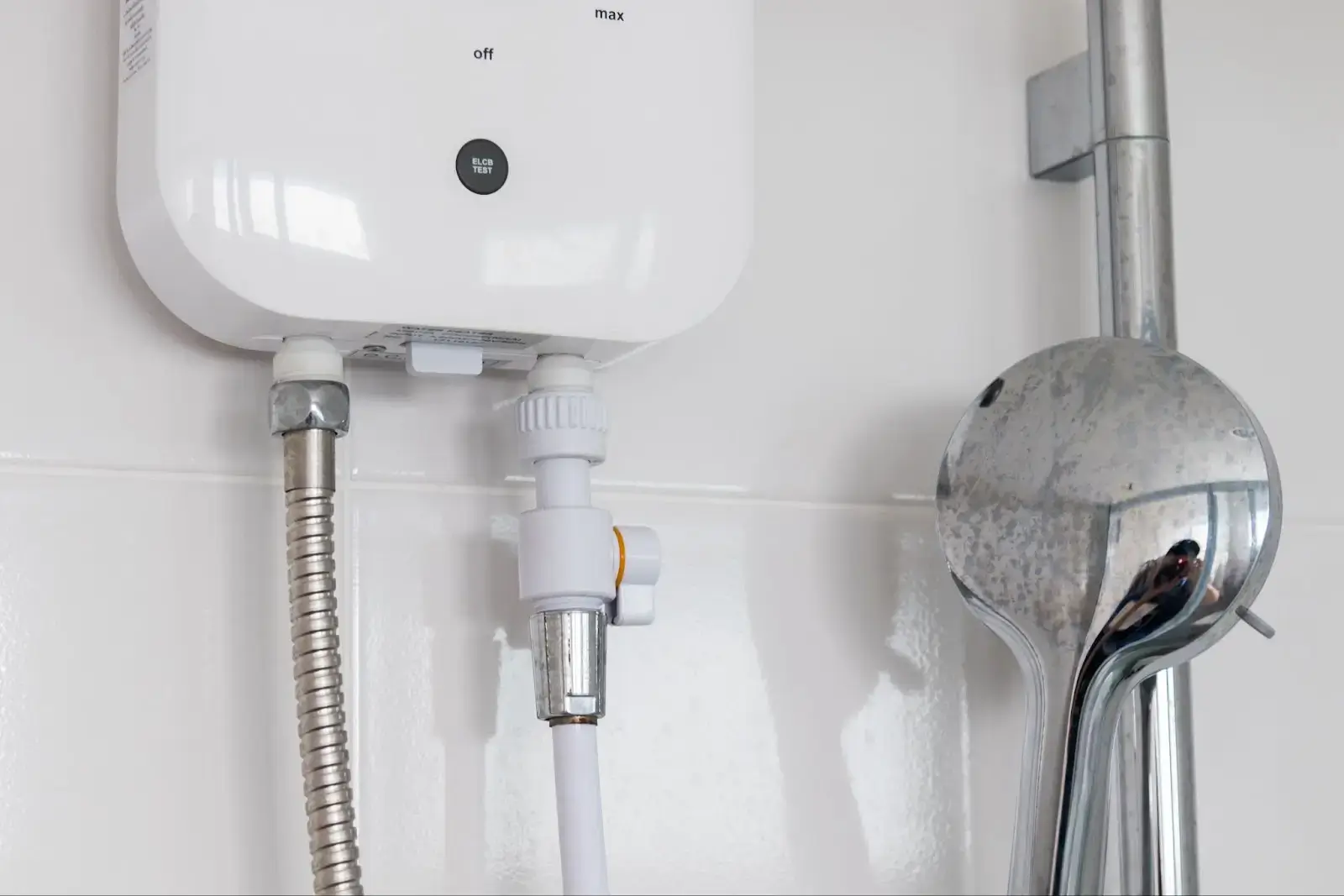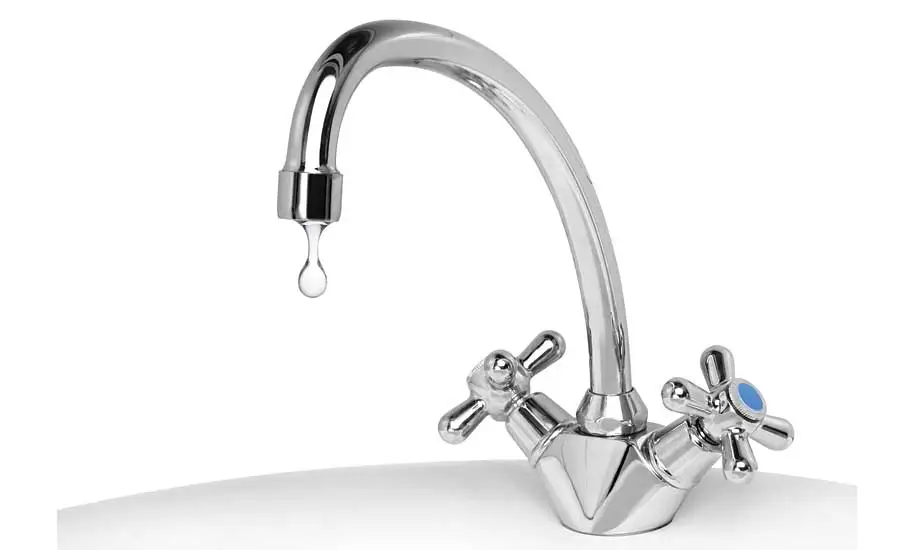As summer temps start soaring, there's nothing better than walking into a nice, frosty air-conditioned home after being out in the heat. But if your AC is undersized or aging, it'll struggle to keep up, leaving you with warm rooms, soaring energy bills, and one unhappy household.
On the flip side, an oversized system is hardly better - constantly cycling on and off, poor moisture removal, and uneven cooling. Sizing your home's air conditioner correctly is crucial for keeping energy costs down while maintaining ideal comfort levels all summer long.
The good news? Modern AC technology and sizing calculations make it easier than ever to find the Goldilocks "just right" system for your home. But there's still a surprising amount of science and factors that go into selecting the perfect indoor cooling solution.
Today, we'll cover all the need-to-know basics like BTUs, tonnage ratings, and how square footage doesn't tell the whole story. We'll also equip you with a handy sizing chart and all the supplemental considerations to help you determine the ideal air conditioner for peak home comfort and efficiency.
Basics of Air Conditioner Sizing
Before we dive into all the specifics of calculating AC sizes, let's get familiar with some of the core lingo and concepts. Understanding these fundamentals is key to ensuring you make an informed decision for your home's cooling needs.
Breaking Down BTUs & Tonnage
You'll often see air conditioners rated based on either their BTU (British Thermal Unit) output or tonnage. Don't let the weird terms throw you - they're simply different ways of measuring an AC unit's overall cooling capacity:
BTUs represent the amount of heat an AC can remove from your home per hour. The higher the number, the more powerful the cooling ability. Typical residential central air systems range from 18,000 to 60,000 BTUs.
Tonnage essentially equates to the same cooling power, just using a different scale where 1 ton = 12,000 BTUs. So a 2-ton AC has around 24,000 BTUs of cooling output.
Why Proper AC Sizing is So Critical
With bigger always being better in mind, you might think just getting the largest, most powerful air conditioner is the obvious choice. But ill-fitted AC systems, whether too small or too large, can create some serious issues:
Undersized Units Work Overtime
An undersized AC will run constantly trying to remove enough heat, using far more energy while struggling to evenly cool your home. You'll experience hot spots, moisture issues, and skyrocketing utility bills.
Oversized Units Cycle Too Frequently
Conversely, an oversized AC will cool spaces too quickly then shut off, repeating that inefficient cycle endlessly without properly dehumidifying the air. This leads to moisture problems, temperature imbalances, and excess wear on the system.
Only units sized specifically for your home's needs can deliver optimum cooling performance, efficiency, and comfort. Even being off by just a half-ton or 6,000 BTUs can make a noticeable difference!
Now that you understand the importance of proper air conditioner sizing, we can explore all the factors that determine what that "Goldilocks" cooling sweet spot is for your home. Sizing isn't as simple as just going by square footage!
Factors Influencing Air Conditioner Size
As we mentioned, properly sizing an AC system for your home goes way beyond just gross square footage. A multitude of variables about your specific living space and its surroundings all get thrown into the calculation mix. Here are some of the major factors that will influence what cooling capacity you require:
Home Size and Layout
While overall square footage is a starting point, the configuration of that space matters too. More rooms and obstacles like walls or staircases mean more cooling distribution challenges. Taller ceilings also create more air volume to cool.
Number of Occupants/Appliances
The more people and heat-generating appliances in the home, the higher cooling output you'll likely need. That forced air has to counteract all those internal heat sources.
Window Exposure and Orientation
Homes with plentiful windows and sun exposure, especially on southern/western exposures, take on far more radiant heat entry. This bumps up cooling requirements significantly.
Insulation and Building Materials
Insulation quality makes a huge difference in indoor temperature maintenance. Older homes with poor insulation and construction are naturally harder to cool efficiently. The thermal mass of materials like brick or concrete is also tougher to cool compared to wood framing.
External Environmental Factors
You don't just need to condition the inside air - ACs also have to counteract outdoor conditions. Homes in:
- Warmer, more humid climates need more cooling capacity
- Shadier areas or higher altitudes can get by with less
- Windy or shaded locations benefit from extra insulation
As you can see, there's no one-size-fits-all AC sizing solution. Two identical square foot homes could need vastly different cooling capacities based on these variables. But don't worry - we'll cover some handy tools and charts to help simplify your calculations!
Calculating the Right Size Air Conditioner
Sizing an AC system correctly is a bit more involved than just looking at your home's square footage. While that's part of the equation, there's actually a whole bunch of other variables that go into determining the perfect cooling capacity. Things like insulation levels, window exposure, the local climate - they all impact how many BTUs of cooling oomph you'll need.
That's why most HVAC pros don't just eyeball it. They rely on calculation manuals from organizations like the Air Conditioning Contractors of America (ACCA) or Air Conditioning Heating Refrigeration Institute (AHRI). These guides take every little detail into account using complex formulas. We're talking:
- Your home's exact dimensions and layout
- Insulation quality and building materials
- Size, orientation, and shading of windows
- The duct system setup
- How many people and appliances are inside
- Weather data for your local area
As a homeowner, trying to juggle all those factors sounds like a mind-numbing nightmare! The good news is you can get a decent ballpark estimate using some simplified sizing charts and knowing your home's square footage.
Using an AC Sizing Chart
While not as laser-precise as the manuals HVAC techs use, a basic sizing chart can point you in the generally correct cooling capacity range for your pad. Most follow this type of scale:
| Area To Be Cooled (square feet) | Capacity Needed (BTUs per hour) |
| 100 to 150 | 5,000 |
| 150 to 250 | 6,000 |
| 250 to 300 | 7,000 |
| 300 to 350 | 8,000 |
| 350 to 400 | 9,000 |
| 400 to 450 | 10,000 |
| 450 to 550 | 12,000 |
| 550 to 700 | 14,000 |
| 700 to 1,000 | 18,000 |
| 1,000 to 1,200 | 21,000 |
| 1,200 to 1,400 | 23,000 |
| 1,400 to 1,500 | 24,000 |
| 1,500 to 2,000 | 30,000 |
| 2,000 to 2,500 | 34,000 |
To use it, just find the row with the square footage closest to your home's conditioned living space. The corresponding number in the BTU column gives you a rough idea of the cooling power you'll need. For example:
1,200 sq ft home = Around 23,000 BTU air conditioner
2,100 sq ft home = Around 34,000 BTU air conditioner
The chart lets you zero in on the right neighborhood sizing-wise, but remember - it doesn't account for all those extra home variables we mentioned. For dead-accurate sizing, you'll want to loop in a professional HVAC consultant.
They'll break out the full calculation manuals and factor in your home's unique fingerprint to determine the perfect AC size. That extra level of precision pays off big in optimal cooling, efficiency, and comfort.
Enough about calculations though - let's talk about the different types of air conditioners out there and their specific sizing considerations.
Types of Air Conditioners and Their Sizing
Now that we've covered the basics of how air conditioner sizing works, let's talk about the different cooling system options out there and some key considerations for each type:
Central Air Conditioners
When it comes to whole-home cooling, central ACs are the quintessential solution. But they're hardly a one-size-fits-all product. The size you'll need depends on which type of central system you go with.
Split System AC
The most common for residential, split systems have an outdoor condensing unit and indoor air handling unit connected via refrigerant lines. Typical sizing ranges from 1.5 tons (18,000 BTUs) to 5 tons (60,000 BTUs) for the condensers.
Packaged AC
These all-in-one units combine the condenser, air handler, and heating components into a single outdoor cabinet. Packaged systems are easier to install but limited to around 5-ton capacities for most homes.
Ductless Mini-Split
Mini-splits offer air conditioning without ductwork - perfect for additions, renovations, or compact homes. Individual zoned units range from 9,000 BTUs to 24,000 BTUs depending on room size.
Window Air Conditioners
If you just need to cool a single room or small area, window AC units could be your best bet. Their sizing is much simpler compared to whole-home systems:
- 5,000 - 8,000 BTUs - Cools spaces up to 350 sq ft
- 8,000 - 12,000 BTUs - Cools 350 to 550 sq ft
- 12,000 - 18,500 BTUs - Cools 550 to 1,000 sq ft
Having units sized appropriately for each room is crucial. Too small and it'll struggle to compensate. Too large and you'll deal with hot/cold spots and temperature fluctuations.
Alternative Cooling Systems
For unique spaces or homes pursuing ultimate efficiency, options like geothermal heat pumps, evaporative coolers, or ductless air handlers require even more specialized sizing procedures beyond just square footage or BTUs. These are best left to qualified HVAC professionals with advanced training.
No matter which air conditioning route you go, taking the extra time upfront to properly calculate sizing requirements saves you beaucoup hassles in the long run. Stick around - we've got even more insider tips coming to ensure your cooling investment keeps you comfortably chill.
Additional Considerations and Tips
Even with the perfect-size air conditioner ready to roll, there are still a few extra factors to mull over for maximum cooling performance, efficiency, and cost savings:
Energy Efficiency Ratings
When going through AC options, you'll want to look beyond just that BTU number. Paying attention to energy efficiency ratings like SEER (Seasonal Energy Efficiency Ratio) and EER (Energy Efficiency Ratio) is key.
Units with higher SEER/EER ratings - generally 16+ for new systems - will save you considerable money over their lifetime by requiring less power to produce the same cooling output. An investment in an energy-efficient AC pays off through lower monthly utility bills.
Smart Usage and Programming
Having the adequately sized, most efficient AC is a great start. But using it wisely is another story! Take advantage of programmable thermostats to minimize cooling when you're away from home.
You can also employ strategic cooling practices like:
- Using fans to boost AC performance
- Closing blinds/curtains to reduce heat gain
- Capping cooling at 78°F per Department of Energy
Staying on top of basic maintenance like regular filter changes also keeps your new AC running optimally for years.
Professional Installation Matters
Sizing the AC unit is step one, but having it installed correctly by a certified HVAC professional is crucial too. Even a well-sized system can suffer from poor equipment location, leaky ductwork, improper refrigerant charging, and more if installed sloppily.
Work with a reputable HVAC company that follows best practices and takes the time to commission your new system properly post-installation. This ensures you're getting the full energy efficiency and comfort you paid for.
Bonus Tips
- Looking to reduce cooling costs by up to 30%? Adding an attic fan helps exhaust trapped hot air.
- Shade is your friend! Strategically planting trees around your home stops heat buildup before it starts.
- Cook indoors in the evenings using your oven/stove less during peak heat times.
Getting the sizing right is priority one, but considering these additional efficiency factors makes sure you're cooling setup operates flawlessly too!
Don't Sweat It - Let Sunset Keep You Chill
Sizing your home's air conditioning system correctly is crucial for achieving optimal cooling performance and efficiency. But with all the factors to consider, from square footage and insulation levels to local climate data, it can feel overwhelming trying to calculate the perfect cooling capacity on your own.
Why go through all that headache alone? For over 100 years, the experienced professionals at Sunset Heating & Cooling have been Portland's trusted experts for all things HVAC. Our certified technicians live and breathe this stuff, utilizing industry-standard manuals to size and select AC solutions tailored to your home's unique needs.
From energy-efficient central air to ductless mini-splits and alternative options like geothermal, we've installed it all while making your total comfort our top priority. And our workmanship shows - just ask the generations of local homeowners who've counted on Sunset's first-class service!
Don't resign yourself to sweltering this summer or overpaying to cool inefficiently. Instead, let Sunset size and install a new AC system that'll keep you and your budget chill for years to come.
Give us a call at (503) 500-5866 today and experience the unbeatable combination of Portland's most tenured cooling experts!







